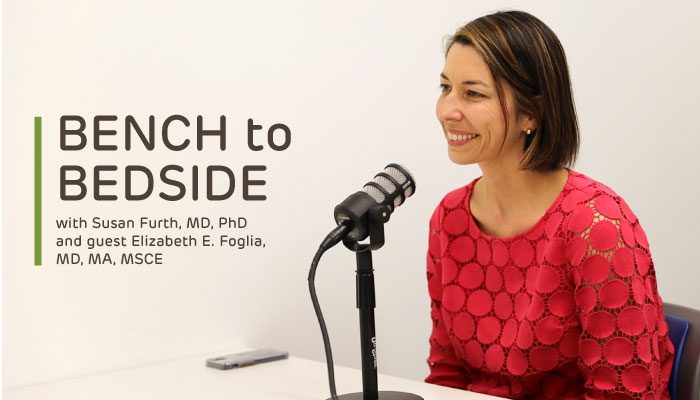HOW CAN WE HELP YOU? Call 1-800-TRY-CHOP
Delivery Room of the Future
Among all newborns, 10 percent require delivery room resuscitation to breathe independently after birth, and 1 percent require intensive resuscitation. The American Academy of Pediatrics Neonatal Resuscitation Program provides a standardized and evidence-based approach to delivery room resuscitation. However, existing resuscitation algorithms do not address resuscitation for newborns with congenital anomalies. Currently, no high-quality data are available to inform national guidelines. Thus, care is largely dictated by expert opinion extrapolating physiologic expectations from infants without anomalies. The Delivery Room of the Future Frontier Program, led by members of the Division of Neonatology and the Center for Fetal Diagnosis and Treatment, aims to fill this evidence gap and generate the data needed to inform resuscitation guidelines specific for infants with congenital anomalies.

This Frontier program will characterize the unique physiology of neonatal transition for infants with specific phenotypes of congenital anomalies and determine the association between this transition and clinical outcomes after birth. In addition, we will apply a Human Factors Science perspective to optimize provider performance during resuscitation. Finally, the program will develop an innovative and integrated digital tool to support providers in real-time during neonatal resuscitation.
Research Highlights
- Respiratory Function After Birth in Infants with Congenital Diaphragmatic Hernia: This observational study is the first to characterize respiratory mechanics during lung aeration after birth among infants with congenital diaphragmatic hernia
- Cerebral Oxygenation for Congenital Cardiac Disease: Prospective Observational study at birth (C3PO): Infants with complex congenital heart disease (CCHD) are at risk for hypoxic-ischemic white matter brain injury. This study uses two different monitors to assess cerebral optical measurements of infants with CCHD in the delivery room.
- Flow Disruptions during Neonatal Resuscitation of Newborns with Congenital Anomalies: This project investigates the number and impact of flow disruptions during resuscitation of newborns with complex congenital anomalies.
- Optimizing clinical Monitoring for Delivery Room Resuscitation Using Novel Interpretable Artificial Intelligence: We aim to develop and test novel applications of artificial intelligence to identify key physiologic parameters associated with successful neonatal resuscitation.
LEADERS
Elizabeth Foglia, MD MSCE
Associate Professor of Pediatrics, Division of Neonatology
Anne Ades, MD MSEd
Professor of Clinical Pediatrics, Division of Neonatology
Natalie Rintoul, MD
Professor of Clinical Pediatrics, Division of Neonatology
Tom Reynolds, MFA, MBA
Business Manager, Center for Fetal Diagnosis and Treatment